Estrategias Educativas en Entornos Virtuales de Aprendizaje Desarrollados a Medida
Resumen
La relevancia de los Entornos Virtuales de Aprendizaje (EVA) personalizados, que se adaptan a las necesidades individuales de los estudiantes y fomentan la alfabetización digital y la motivación intrínseca. Se enfatiza la importancia de la gamificación para aumentar el engagement y la participación activa, así como el papel crucial del docente como facilitador del aprendizaje, proporcionando retroalimentación personalizada. Además, se menciona que un diseño técnico intuitivo y accesible mejora la experiencia del usuario. Finalmente, se subraya la necesidad de investigar y evaluar continuamente las estrategias educativas y tecnologías emergentes para optimizar los EVA y satisfacer las expectativas de los estudiantes en un entorno educativo en constante cambio.
Descargas
Citas
Abeysekera, L., & Dawson, P. (2015). Motivation and cognitive load in the flipped classroom: definition, rationale and a call for research. Higher Education Research & Development, 34(1), 1-14. https://doi.org/10.1080/07294360.2014.934336
Agarwal, B. B., Tayal, S. P., & Gupta, M. (2010). Software Engineering and Testing. Jones & Bartlett Learning.
Anderson, T. (2008). The theory and practice of online learning. Athabasca University Press.
Anderson, T. (2008). The theory and practice of online learning. Athabasca University Press.
Aretio, L. G., Corbella, M. R., & Figaredo, D. D. (2007). De la educación a distancia a la educación virtual. Ariel.
Baker, R. S., & Siemens, G. (2014). Educational data mining and learning analytics. En J. A. Larusson & B. White (Eds.), Learning analytics: from research to practice (pp. 253-272). Springer.
Barrows, H. S. (1996). Problem-based learning in medicine and beyond: A brief overview. New Directions for Teaching and Learning, 1996(68), 3-12. https://doi.org/10.1002/tl.37219966804
Bergmann, J., & Sams, A. (2012). Flip your classroom: Reach every student in every class every day. International Society for Technology in Education.
Black, P., & Wiliam, D. (2009). Developing the theory of formative assessment. Educational Assessment, Evaluation and Accountability, 21(1), 5-31.
Boneu, J. M. (2007). Open e-learning platforms for supporting open educational resources. RUSC. Universities and Knowledge Society Journal, 4(1). https://doi.org/10.7238/rusc.v4i1.298
Boud, D., & Falchikov, N. (2007). Rethinking assessment in higher education: Learning for the longer term. Routledge.
Deci, E. L., & Ryan, R. M. (2000). The "what" and "why" of goal pursuits: Human needs and the self-determination of behavior. Psychological Inquiry, 11(4), 227-268.
Deterding, S., Dixon, D., Khaled, R., & Nacke, L. (2011). From game design elements to gamefulness: Defining "gamification". Proceedings of the 15th International Academic MindTrek Conference: Envisioning Future Media Environments, 9-15.
Deterding, S., Dixon, D., Khaled, R., & Nacke, L. (2011). From game design elements to gamefulness: defining "gamification". Proceedings of the 15th International Academic MindTrek Conference: Envisioning Future Media Environments, 9-15.
Dillenbourg, P. (2016). The evolution of research on digital education. Springer.
Ertmer, P. A., & Simons, K. D. (2006). Jumping the PBL implementation hurdle: Supporting the efforts of K-12 teachers. Interdisciplinary Journal of Problem-Based Learning, 1(1), 40-54. https://doi.org/10.7771/1541-5015.1005
Felder, R. M., & Silverman, L. K. (1988). Learning and teaching styles in engineering education. Engineering Education, 78(7), 674-681.
Fischer, G., & Borecky, M. (2013). Meta-design: A framework for the future of end-user development. End-User Development, 5(1), 49-77.
Fredricks, J. A., Blumenfeld, P. C., & Paris, A. H. (2004). School engagement: Potential of the concept, state of the evidence. Review of Educational Research, 74(1), 59-109.
García, J.C., Sánchez, M.M., & García, M.N. (2005). Metodología de reingeniería del software para la remodelación de aplicaciones científicas heredadas.
Garrison, D. R., & Kanuka, H. (2004). Blended learning: Uncovering its transformative potential in higher education. The Internet and Higher Education, 7(2), 95-105. https://doi.org/10.1016/j.iheduc.2004.02.001
Gupta, S., & Bostrom, R. P. (2009). Technology-mediated learning: A comprehensive theoretical model. Journal of the Association for Information Systems, 10(9), 686-714.
Hassenzahl, M. (2010). Experience design: Technology for all the right reasons. Synthesis Lectures on Human-Centered Informatics.
Hrastinski, S. (2008). Asynchronous and synchronous e-learning. Educause Quarterly, 31(4), 51-55.
Pesantez , F. F., Gadvay Yambay , E. R., León Cueva , W. P., & Cuenca Torres , M. E. (2024). Aplicación Del Modelo 2c En El Desarrollo Sustentable Para Estudiantes De Ingeniería En Una Universidad Pública Ecuatoriana. Estudios Y Perspectivas Revista Científica Y Académica , 4(2), 359–373. https://doi.org/10.61384/r.c.a.v4i2.227
Zeballos , F. (2024). Accidente Cerebrovascular en Terapia Intensiva Adulto del Hospital San Juan de Dios de la ciudad de Tarija. Revista Científica De Salud Y Desarrollo Humano, 5(2), 165–178. https://doi.org/10.61368/r.s.d.h.v5i2.127
Tantalean Tapia, I. O. (2024). La Empresa como Instrumento del Delito: Una Aproximación Teórica y Doctrinal en Perú. Emergentes - Revista Científica, 4(1), 22–48. https://doi.org/10.60112/erc.v3i2.81
Martínez Ortiz, C. (2023). Critical and Creative Skills in Mexican Education: An Innovative Approach. Revista Veritas De Difusão Científica, 4(1), 30–51. https://doi.org/10.61616/rvdc.v4i1.36
Martínez, O., Aranda , R., Barreto , E., Fanego , J., Fernández , A., López , J., Medina , J., Meza , M., Muñoz , D., & Urbieta , J. (2024). Los tipos de discriminación laboral en las ciudades de Capiatá y San Lorenzo. Arandu UTIC, 11(1), 77–95. Recuperado a partir de https://www.uticvirtual.edu.py/revista.ojs/index.php/revistas/article/view/179
v, H., & Quispe Coca, R. A. (2024). Tecno Bio Gas. Horizonte Académico, 4(4), 17–23. Recuperado a partir de https://horizonteacademico.org/index.php/horizonte/article/view/14
Da Silva Santos , F., & López Vargas , R. (2020). Efecto del Estrés en la Función Inmune en Pacientes con Enfermedades Autoinmunes: una Revisión de Estudios Latinoamericanos. Revista Científica De Salud Y Desarrollo Humano, 1(1), 46–59. https://doi.org/10.61368/r.s.d.h.v1i1.9
Keller, J. M. (2010). Motivational design for learning and performance: The ARCS model approach. Springer.
Little, D. (1991). Learner autonomy 1: Definitions, issues and problems. Authentik.
Luckin, R. (2017). Machine learning and human intelligence: The future of education for the 21st century. UCL Institute of Education Press.
Luckin, R. (2017). Machine learning and human intelligence: The future of education for the 21st century. UCL Institute of Education Press.
Pressman, R. Ingeniería del software: un enfoque práctico. 2005
Rosemberg, L., Hyatt L., “Hybrid ReEngineering”[On line], presented at the Software Technology Conference (STC’07), Salt Lake City, Utah, April 27- May 2,1997.
http://satc.gsfc.nasa.gov/support/STC_APR97/hybrid/hybride1.html
Selwyn, N. (2016). Education and technology: Key issues and debates. Bloomsbury Publishing.
Van Dijk, J. (2017). The digital divide. Polity Press.
Zhao, Y., & Frank, K. A. (2018). Social network theory and educational change. Harvard Education Press.
Derechos de autor 2024 Tania Estefania Pulla Vásquez , Mayra Elizabeth Pulla Vásquez, Erika Estefania Hidalgo Mena, Raquel Marcela Aguilar Vega, Vanessa Alexandra Cabrera Blacio, Jorge Andrés Jaramillo Alba

Esta obra está bajo licencia internacional Creative Commons Reconocimiento 4.0.


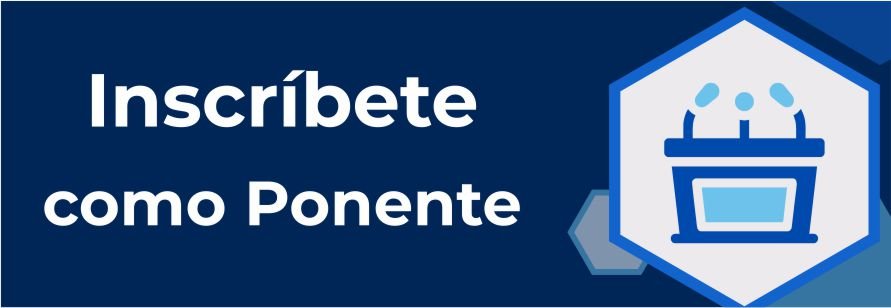
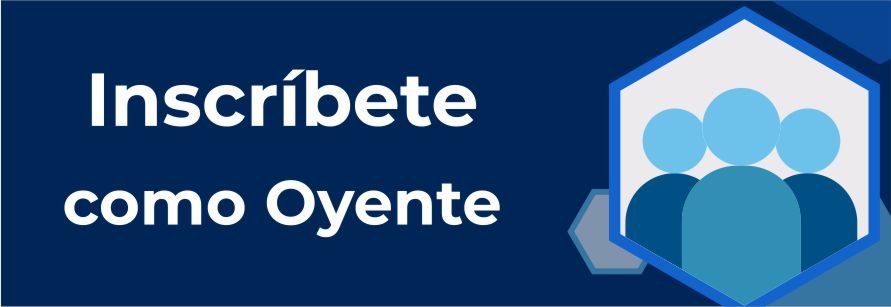





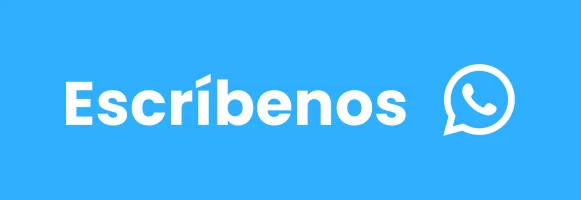



.png)
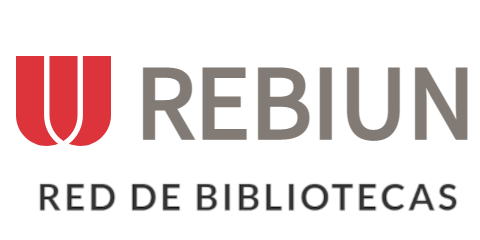







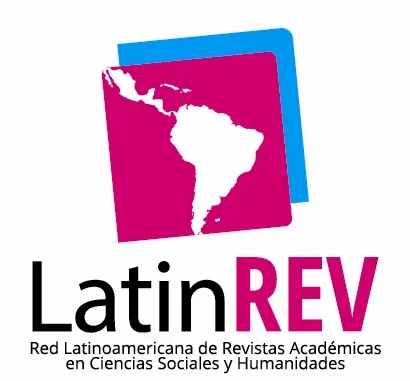

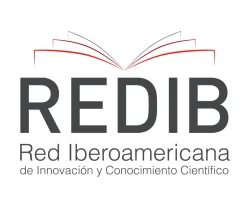


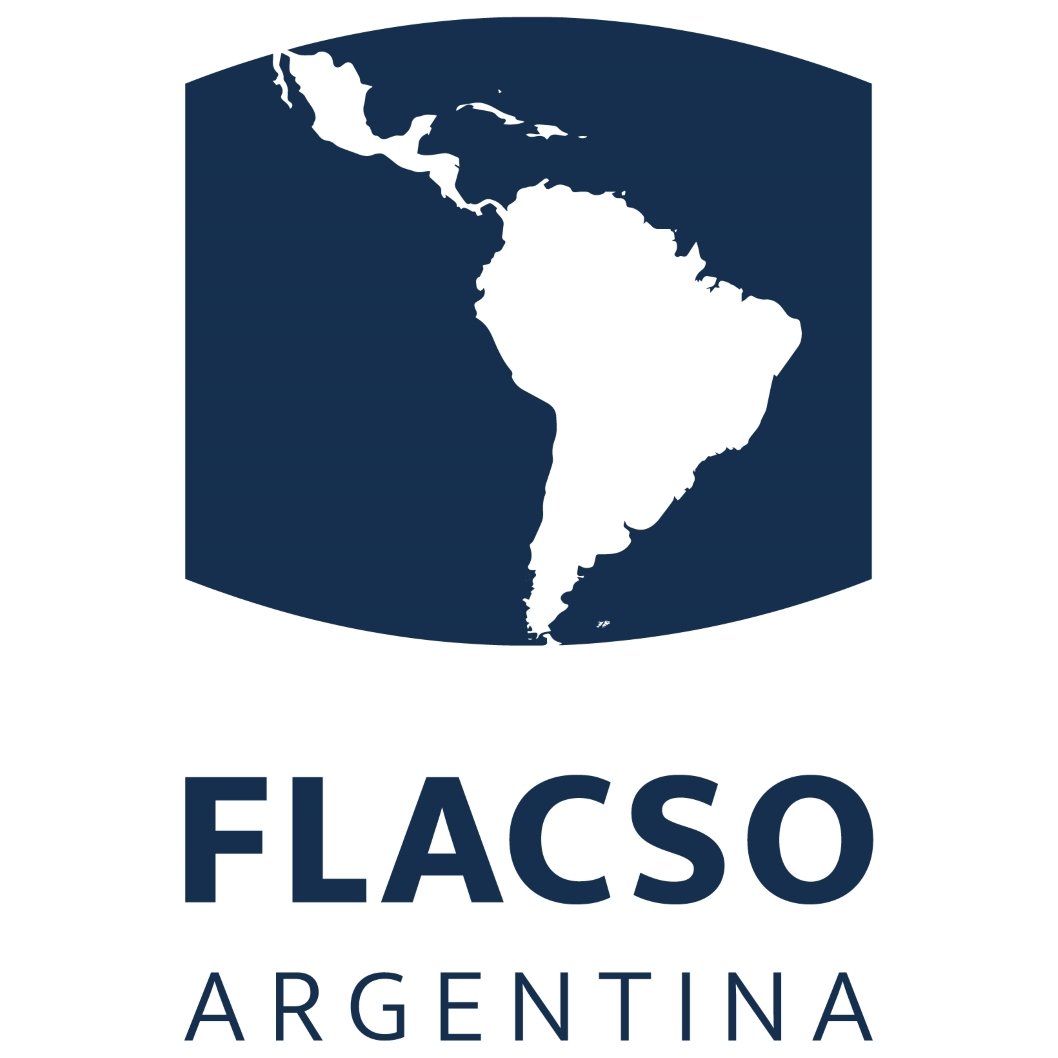
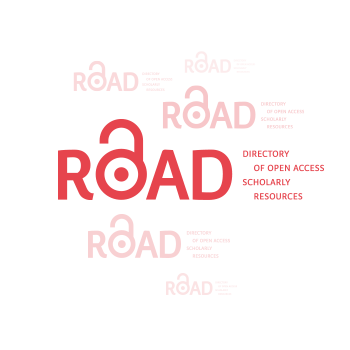





.png)
1.png)


